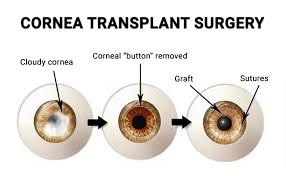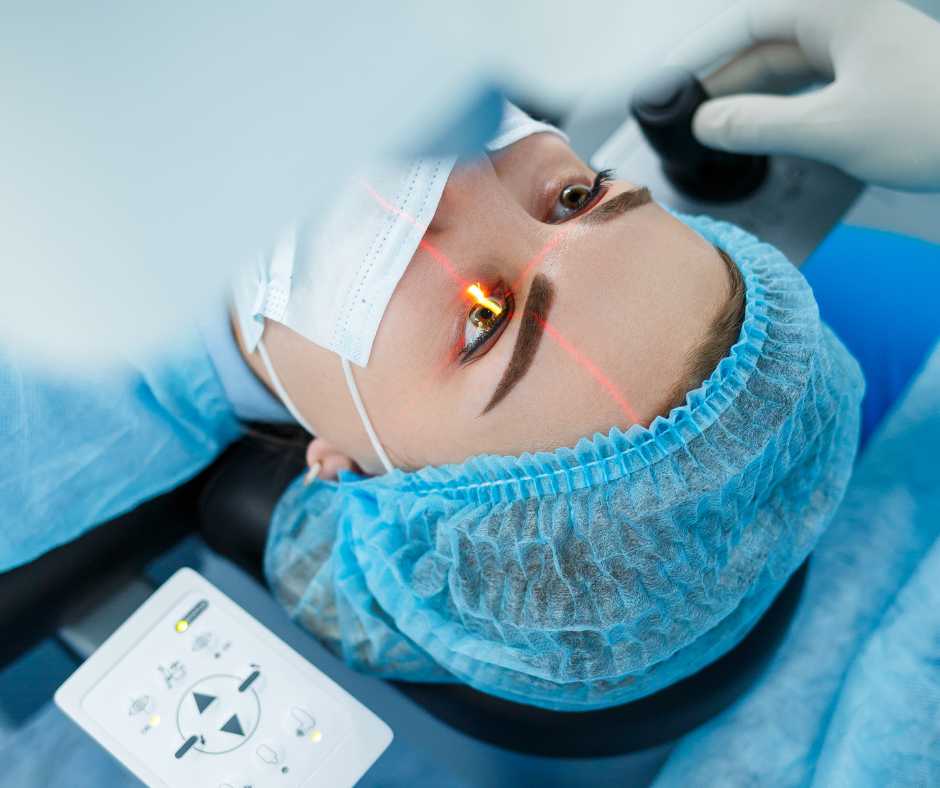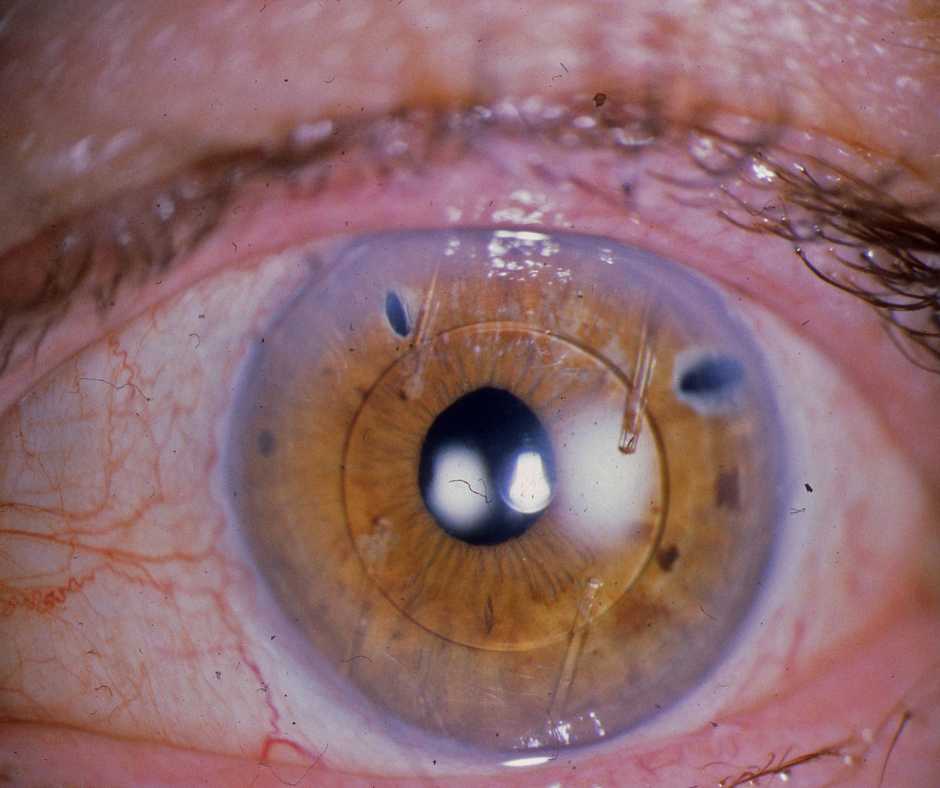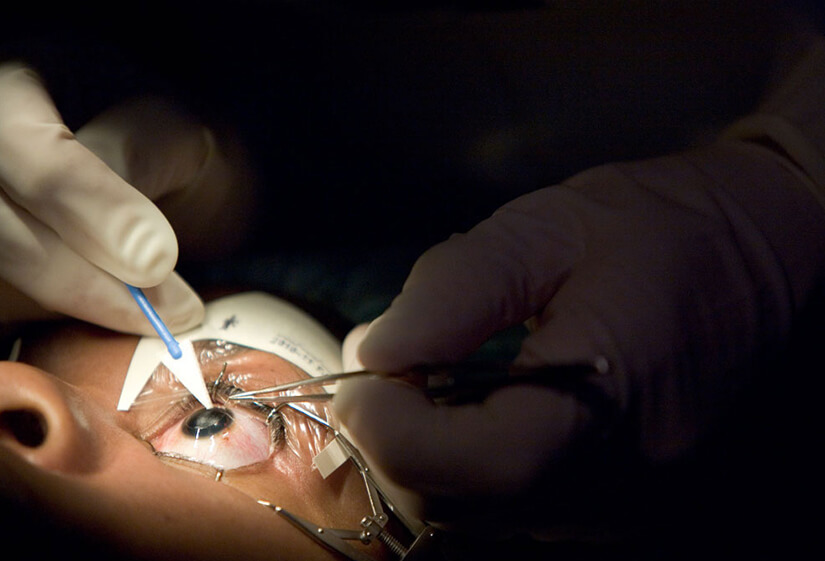Introduction:
A cornea transplant, also known as keratoplasty, is a surgical procedure that replaces a damaged or diseased cornea with healthy corneal tissue from a donor. Preparing for a cornea transplant, understanding the process, recovery, and potential outcomes is essential.
Cornea Transplants:
A cornea transplant involves removing all or part of a damaged cornea and replacing it with healthy corneal tissue obtained from a deceased donor. This procedure is done under local or general anesthesia and can address a range of conditions including corneal scarring, thinning, swelling (edema), and irregular shape (keratoconus).

Types of Cornea Transplants:
- Penetrating Keratoplasty (PKP): This involves replacing the entire cornea with a donor cornea.
- Deep Anterior Lamellar Keratoplasty (DALK): In this procedure, only the outer and middle layers of the cornea are replaced, leaving the endothelial layer intact.
- Endothelial Keratoplasty (EK): Specifically replaces only the innermost layer of the cornea (endothelium), leaving the rest of the cornea intact.
Procedure and Recovery:
- Preparation: Prior to surgery, your ophthalmologist will conduct a thorough eye examination to assess the health of your cornea.
- Surgery: The surgery itself typically takes 1-2 hours, during which the damaged corneal tissue is removed and the donor tissue is stitched into place.
- Recovery: Following the procedure, patients will need to wear an eye patch and use medicated eye drops to promote healing. Full recovery can take several weeks to months, during which vision gradually improves.

Risks and Complications:
While cornea transplants are generally safe, there are potential risks, including:
- Rejection: The body’s immune system may reject the donor tissue.
- Infection: Post-surgery infections are possible but rare.
- Astigmatism: Changes in corneal shape may cause astigmatism.
Post-Transplant Care:
After a cornea transplant, patients will require ongoing follow-up appointments with their ophthalmologist to monitor healing, prevent complications, and optimize vision through corrective lenses if needed.
Unique Benefits of Cornea Transplants:
- Restoration of Clear Vision: Significantly improves visual acuity, enabling individuals to see with greater clarity and detail.
- Enhanced Daily Functioning: Empowers patients to perform everyday tasks like reading, driving, and using digital devices with ease.
- Symptom Relief: Alleviates discomfort caused by corneal diseases, such as chronic dryness, blurred vision, and light sensitivity.
- Treatment for Advanced Corneal Conditions: Corneal transplants treat advanced conditions like keratoconus, corneal ulcers, and dystrophies that medication alone can’t manage.
- Long-Lasting Results: Provides sustained vision improvement, especially when combined with proper post-operative care.
- Improved Aesthetic Appearance: Restores the natural shape of the eye, which can enhance self-confidence and facial symmetry.
- Reduced Dependence on Corrective Lenses: Many patients experience a reduced need for glasses or contact lenses after the procedure.
- Positive Impact on Mental Health: Restored vision can improve emotional well-being by reducing the stress and frustration associated with vision loss.
Conclusion:
A cornea transplant can be a life-changing procedure for individuals suffering from corneal diseases or injuries. By understanding the process, recovery, and potential outcomes, patients and their families can approach this surgery with confidence and realistic expectations. If you’re considering a cornea transplant, consult with a qualified ophthalmologist to discuss your options and determine the best course of action for your eye health.












